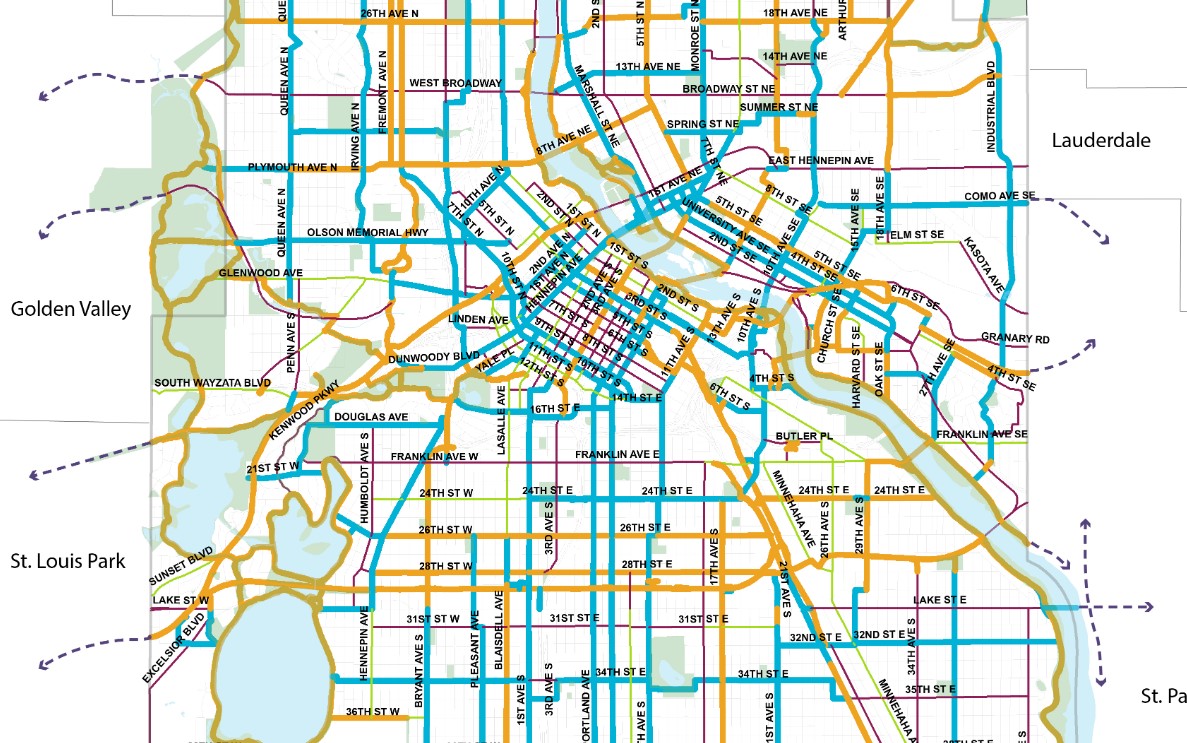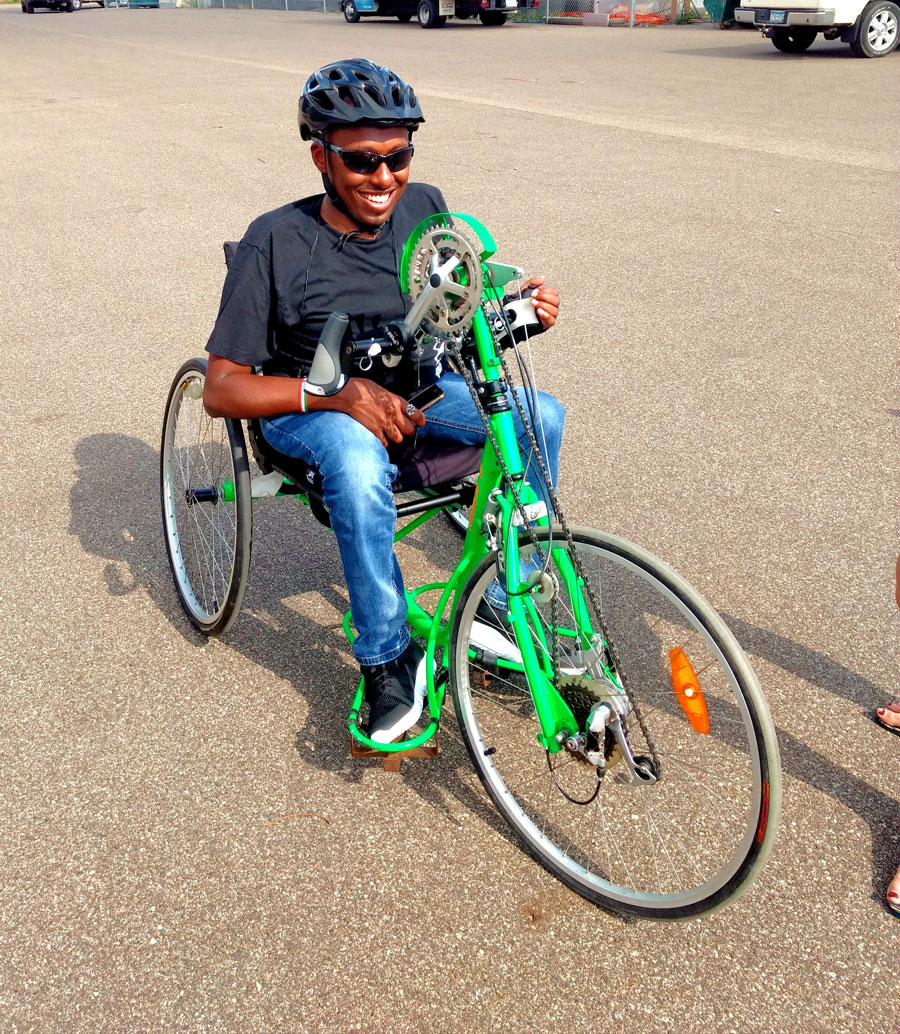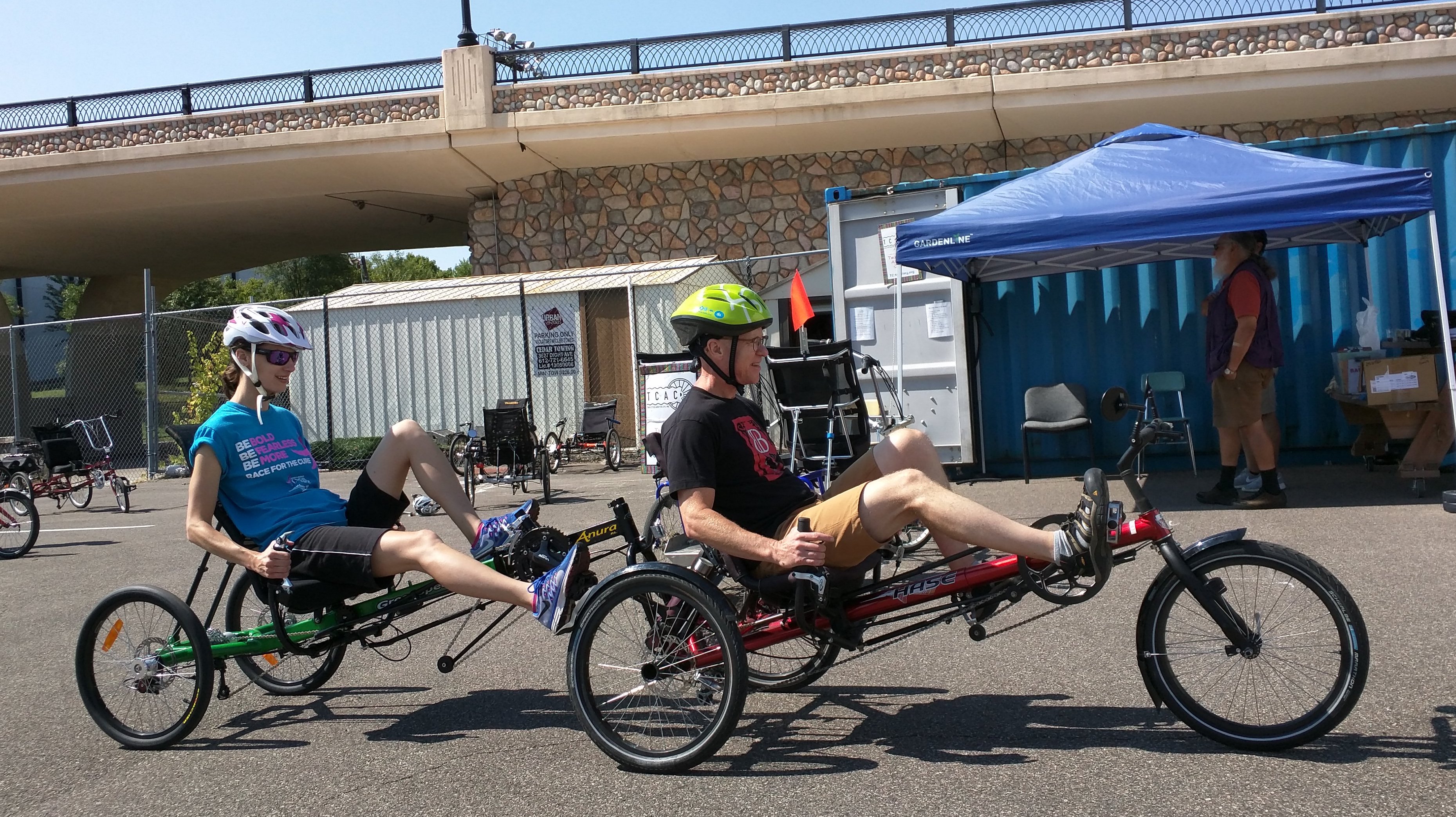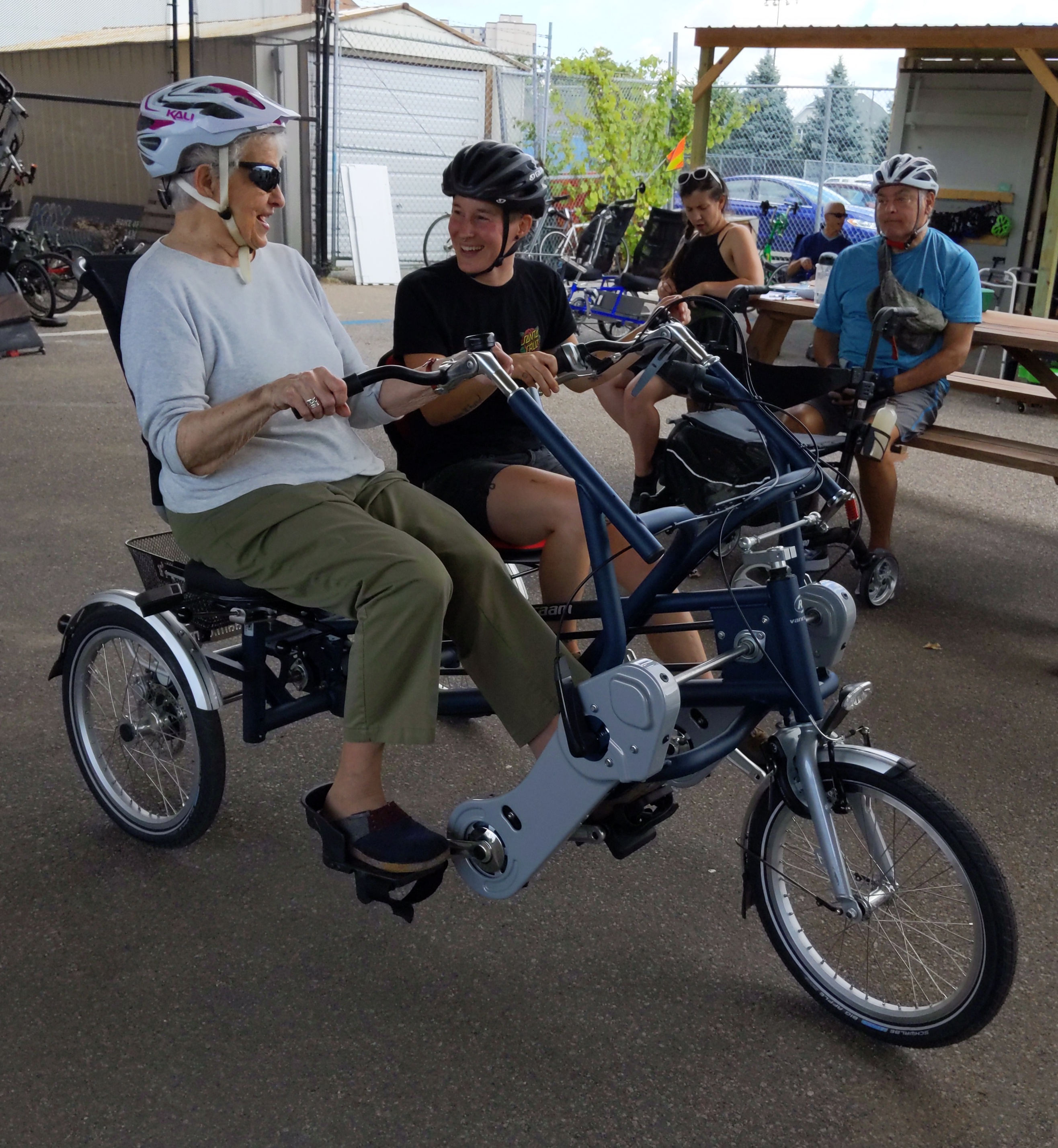BICYCLING
Increase the availability and safety of bicycling and micromobility travel
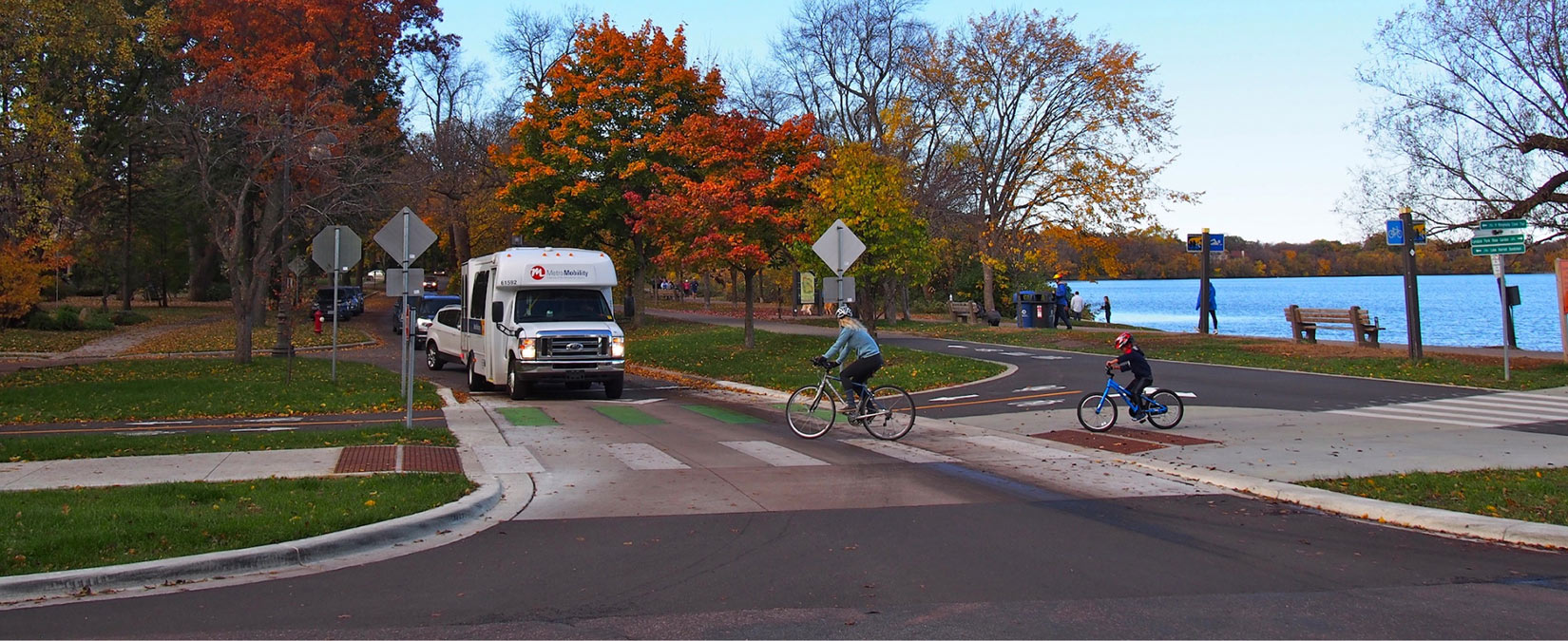
Over 30% of the trips we take in Minneapolis are less than three miles1. Sometimes these trips feel a little too far to walk but are not long enough where it is practical to take the bus or drive. Bicycles and other low-power micromobility options, such as electric-assist bicycles and scooters, can be ideal for these short trips. As more people use these new transportation options, the demand for safe and comfortable places to ride, charge and park these vehicles will increase.
Over two-thirds of residents say they often or sometimes ride a bicycle to get to school, visit parks, or run errands2. And on average, over 4% of Minneapolis residents ride a bicycle to work (4.1%), which is one of the highest bicycle commuting rates in the country.3
Options are expanding with new types of bicycles and low-powered vehicles:
- Nice Ride bikeshare increases access to a bicycle and can be used for one-way trips and connections to transit
- Adaptive bicycles improve access for people with disabilities
- Electric-assist bicycles help people ride up hills or in windy weather, go farther, or carry more weight
- Cargo bicycles help people carry kids and groceries
- Shared scooters have quickly proven to be popular for many and are effective first and last connections for transit access
The city’s growing bikeway network has encouraged more people to bike and use micromobility vehicles. Even with this progress, many people in Minneapolis do not see riding a bicycle or scooter as a routine way to get around. Narrow bike lanes, lack of physical separation from motor vehicles, challenging intersection crossings and snow or ice are just some of the reasons why people do not feel comfortable.
To make bicycling, in all its new forms, a real option for more people, the plan establishes an All Ages and Abilities Network to be constructed over the next ten years. This network will include protected lanes and trails that are physically separated from moving cars, trucks and buses, will feature improved intersection crossings and be accessible year-round. The goal for the All Ages and Abilities Network is for people on bikes to only share space with cars on quiet low-speed streets or on neighborhood greenways.
People biked for 3% of their trips in 2019; we’ve set a goal to increase that to 10% of trips taken by bicycle or micromobility by 2030.4
Adaptive vehicle types5
- Metropolitan Council Travel Demand Model, 2010.
- City of Minneapolis Resident Survey, 2016
- Means of Transportation to Work for Workers 16 Years and Older, U.S. Census Bureau, 2013-2017 American Community Survey 5-Year Estimate
- Metropolitan Council, Travel Behavior Inventory, 2019.
- Twin Cities Adaptive Cycling
Reaching our transportation goals requires strategic action. Listed below are strategies and actions that we plan to undertake in the next 10 years.
See also strategies
- Street Operations 3
Plan for efficient and practical operations of people walking, biking, and taking micromobility or transit throughout the street design process. - Street Operations 4
Leverage City resources and partnerships to promote, educate and encourage walking, biking and transit as alternatives to driving. - Street Operations 5
Price and manage use of the curb to encourage walking, biking and using transit, and to discourage driving alone. - Street Operations 6
Induce regional mode shift by prioritizing pedestrian, bicycle, and transit facilities and operations into capital transportation projects.
